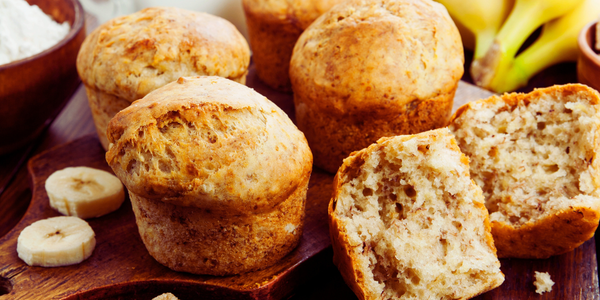Picking the Perfect Salad Dressing

Salads are among the healthiest foods especially if you are struggling to lose weight. They are rich in carotenoids, vitamin c, folic acid, and vitamin E.
However, the salad dressing you choose can either amplify the salad or make it unhealthy and bland. Picking the perfect salad dressing should not be an uphill task. In this article, I will guide you on the things you need to look for when choosing a salad dressing. Remember, you can always opt to make your salad dressing at home instead of buying one from a grocery store.
What Should a Good Salad Dressing Contain?
Before diving into the ingredients, remember a salad dressing should always be [healthy](https:\universityhealthnews.com\daily\nutrition\confused-about-salad-dressing-get-the-facts). Otherwise, it will beat the purpose of having it in the first place. A good salad dressing should have three key ingredients:
Vinegar
Vinegar has minimal calories, and it enhances the flavors of your salad. If you are making your salad at home, the best type to use is the Balsamic vinaigrette. It has only 60 calories per serving, and it has numerous antioxidants, which help in removing free radicals from your body.
Apple cider vinegar is also a good option. It helps to improve your digestive system. However, buy the original apple cider vinegar that still has the ‘mother' in it. It is unfiltered and organic making it the second best option.
Healthy oils
Contrary to what many people believe, a plain salad is less effective compared to a salad dressed with low-fat oils. The oils help significantly with the absorption of nutrients from the vegetables. However, this does not mean that all oils are good. Healthy oils are those that contain mono-saturated fats or Poly-saturated fats.
An excellent example of mono-saturated fats includes olive oil, Canola oil, peanut oil, and avocado oil. Mono-saturated fats lower the bad cholesterol levels in the human body, and that is what makes them healthy. Poly-saturated fats are also healthy, and they include sunflower oil and soybean oil.
You should avoid saturated oils or trans-fats. These include butter and margarine. It is okay to eat them once in a while, but it is not recommended to use them as salad dressing every single day. You will end up adding weight and predispose yourself to chronic lifestyle diseases.
Herbs and spices
These will help to add flavor to your salad, and you can select a range of your favorite spices to alternate each time you make a salad. However, everything should be done in moderation. The last thing you want is to end up with heartburn due to excess spices. The goal is to keep your salad as healthy as possible yet delicious, right?
A Few Bonus Tips
We all love creamy salad dressings, don’t we? However, these contain unhealthy saturated fats. You should use the creamy salad dressings as a treat occasionally and on the other days, stick to the less fatty options.
When buying salad dressings from a grocery store, ensure that they do not contain any complex additives or preservatives. Always do some background checks before settling on a particular product.
In addition to saturated fats, watch out for added sugars. They should be less than 0.5 grams per serving. Anything more than this will make your salad unhealthy.
Make sure your salad is equally nutritious. All the vegetables and fruits you use should be as organic as possible. As much as GMO foods are easily accessible, in the end, they will affect your health negatively; unless the ongoing research confirms otherwise.
That said, be gentle with the salad dressing. Don't drench your salad even if you have the healthiest salad dressing. It will only make your salad look unappealing. Remember, it is not OK to have plain salad but at the same time don't drench it. A little drizzle will do just fine.
In conclusion
Salad dressings are perfect when they contain the correct constituents and when used in moderation. The beauty of salads is that you can always mix different ingredients as long as you know how many calories they contain. You can also add nuts to the salad. Almonds, for example, are very nutritious. Learn how to strike a balance, and you will be good to go.
Image credit: Pexels
Sign up for FD's newsletter
The freshest stories from the food and dating world every week.




